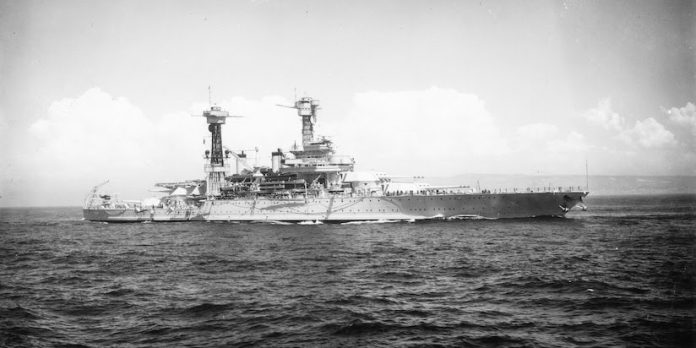PEARL HARBOR, Hawaii — At 8:05 a.m. on Dec. 7, 1941, two Japanese aerial torpedoes struck the battleship USS California, tearing a 40-foot hole in its hull, during a surprise attack on Pearl Harbor, Hawaii.
The crew immediately sprang into action, suppressing fires, operating antiaircraft guns and rescuing those below deck.
Four Medals of Honor were awarded to crew members for their acts of valor.
- Navy Ensign Herbert C. Jones rescued a sailor from inside the smoke-filled ship. He then led an anti-aircraft battery, firing on Japanese planes.
When a mechanical hoist used to load ammunition to the gun battery was damaged, he led a group of men to manually haul rounds, each weighing 50 pounds, up to the gun from the magazine three decks down.
Jones refused to be evacuated from below deck as he continued to move ammunition; he died in the smoke, fire and explosions that followed.
The destroyer escort USS Herbert C. Jones was launched in 1943 in his honor. - Navy Lt. Jackson C. Pharris was in charge of ordnance repair below deck when the first Japanese torpedo struck almost directly under his station.
Pharris was stunned and severely injured by the concussion, which hurled him to the overhead and back to the deck. Quickly recovering, he set up a hand-supply ammunition train for the antiaircraft guns.
After another torpedo hit the vessel, Pharris was again temporarily knocked unconscious. When he came to, he continued his efforts and took ammunition above to the gunners.
He also entered flooded compartments, dragging unconscious shipmates to safety who were gradually being submerged in oil and saving many lives in the process.
In 1972, the destroyer escort USS Pharris was named in his honor. - Like Pharris, Navy Warrant Officer 1 Thomas J. Reeves, chief radioman, assisted in the ammunition line until he was overcome by smoke and fire and died.
In 1943, the destroyer escort USS Reeves was named in his honor. - Navy Petty Officer 1st Class Robert R. Scott refused to leave his post, operating the air compressor below deck, which helped to enable the ship’s guns. He died at his post.
In 1943, the destroyer escort USS Scott was named for him.
During the attacks, 104 crew members were killed, and the ship sustained heavy damage.
On Oct. 10, 1942, the California was refloated and left Pearl Harbor for the Puget Sound Navy Yard in Bremerton, Wash., to undergo further repairs and extensive modernization, including a new superstructure and updated gun batteries, improved fire control systems, anti-torpedo hull “bulges,” and armor deck plating.
The battleship subsequently participated in the battles of Saipan, Guam, Tinian, Surigao Strait, Lingayen Gulf and Okinawa.
The battleship was sold to Bethlehem (Pa.) Shipbuilding Corp. for scrap in 1959.
Don’t miss out! Subscribe to our email newsletter to have all our smart stories delivered to your inbox.



